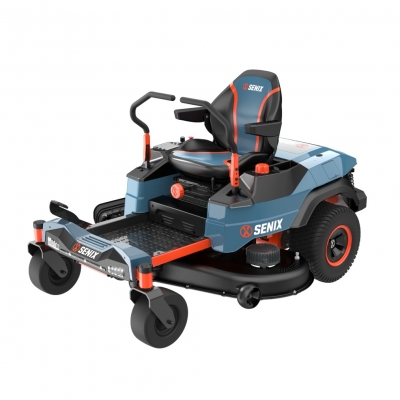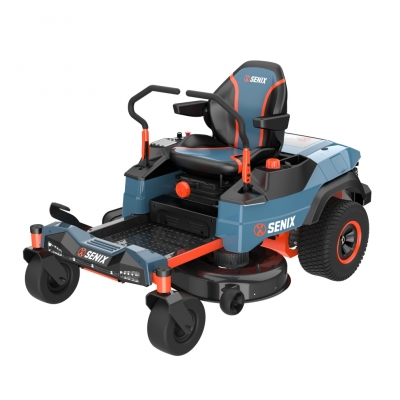Impact Wrench Safety: 10 Essential Dos and Don’ts Every User Must Know
Impact wrenches are indispensable tools in both professional and DIY settings, offering high torque to swiftly tighten or loosen fasteners. However, their power necessitates strict adherence to safety protocols to prevent accidents and ensure optimal performance. This comprehensive guide outlines essential dos and don'ts to enhance safety and efficiency when using impact wrenches.
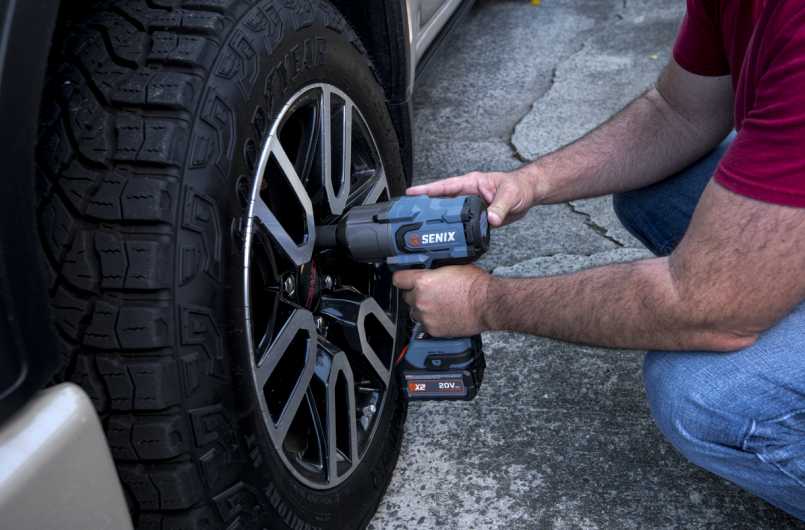
1. Wear Proper Personal Protective Equipment (PPE)
Before using an impact wrench, always gear up with the right PPE:
Safety Glasses or Face Shield:Protect your eyes from flying debris and potential sparks.
Hearing Protection:Impact wrenches can reach noise levels over 100 dB; protect your hearing accordingly.
Work Gloves: Improve grip and reduce the effects of vibration and contact with sharp edges.
Sturdy Footwear: Shield your feet from dropped tools or heavy fasteners.
Make sure all PPE is in good condition and suitable for the task at hand.
2. Inspect the Tool and Accessories Before Use
Before operating the impact wrench, conduct a thorough inspection:
Check for Damage: Examine the tool for any visible signs of wear, cracks, or missing parts.
Verify Socket Compatibility: Use only impact-rated sockets; standard sockets can shatter under the tool's force.
Ensure Secure Connections: Confirm that all attachments are properly secured to prevent accidents.
Regular maintenance and timely replacement of worn parts can prolong the tool's lifespan and maintain safety standards.
3. Use the Correct Torque Settings
Applying excessive torque can lead to over-tightening, damaging the fastener or surrounding material. Conversely, insufficient torque may result in loose connections:
Adjust Torque Settings: Set the impact wrench to the manufacturer's recommended torque specifications for the task.
Use a Torque Wrench: For critical applications, follow up with a manual torque wrench to verify accuracy.
Adhering to proper torque settings ensures secure and safe fastening.
Read more:What Size Impact Wrench Do I Need for Lug Nuts?
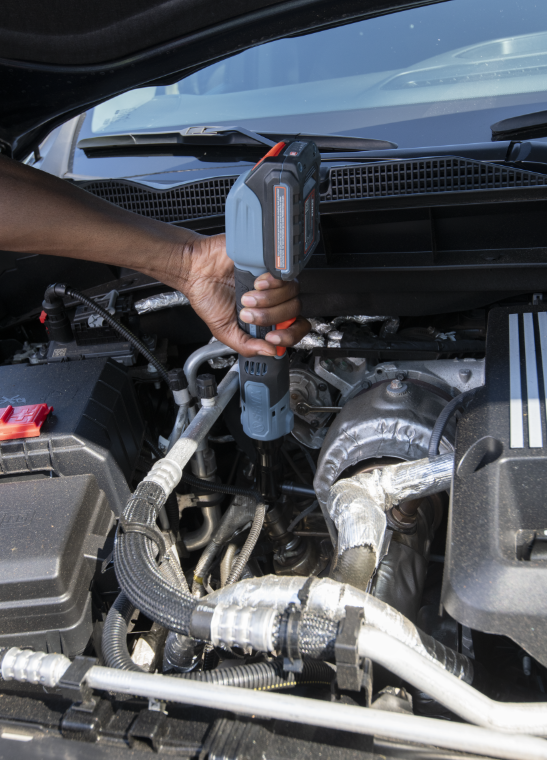
4. Maintain a Proper Grip and Stance
To stay in full control of the impact wrench:
Grip Firmly: Always use both hands when operating the tool, especially for high-torque applications.
Stay Grounded: Stand with your feet shoulder-width apart for stability.
Avoid Awkward Angles: Work within a comfortable range to prevent muscle strain and accidental slips.
5. Store and Maintain the Tool Properly
Proper storage and maintenance are vital for safety and longevity:
Clean After Use: Remove dust, debris, and moisture to prevent corrosion and ensure smooth operation.
Lubricate Regularly: Follow the manufacturer's guidelines for lubrication to keep internal components functioning correctly.
Store Safely: Keep the tool in a dry, secure location, away from unauthorized users and environmental hazards.
Regular maintenance checks can identify potential issues before they lead to malfunctions.
Common Mistakes to Avoid
To ensure safe operation, avoid these common pitfalls:
1. Using Incorrect Sockets: Only use sockets designed for impact wrenches; others may not withstand the tool's force.
2. Operating Without PPE: Skipping protective gear increases the risk of injury.
3. Over-Tightening Fasteners: Applying too much torque can damage components and compromise safety.
4. Neglecting Maintenance: Failing to maintain the tool can lead to malfunctions and unsafe conditions.
5. Improper Torque Settings: Failing to adjust the torque settings according to the manufacturer's specifications can lead to under-tightening or over-tightening, potentially causing equipment failure or safety hazards.
Being aware of these mistakes and actively avoiding them enhances safety and efficiency.
Frequently Asked Questions
1. Can I use standard sockets with an impact wrench?
No, standard sockets are not designed to withstand the high torque of impact wrenches and can break or shatter. Always use impact-rated sockets.
2. How often should I maintain my impact wrench?
Regular maintenance is essential. Clean and lubricate the tool after each use, and perform a thorough inspection periodically to ensure optimal performance.
3. Is it safe to use an impact wrench in wet conditions?
Using an impact wrench in wet conditions is hazardous due to the risk of electric shock. Always operate the tool in dry environments.
4. What should I do if the impact wrench malfunctions?
If the tool shows signs of malfunction, cease use immediately. Inspect for visible issues, and consult the manufacturer's manual or a professional technician for repairs.
5. Are there specific torque settings for different applications?
Yes, torque requirements vary based on the application. Always refer to the manufacturer's specifications for the appropriate torque settings for your specific task.
Conclusion
Adhering to these dos and don'ts ensures safe and effective use of impact wrenches. Prioritize safety by wearing appropriate PPE, inspecting tools before use, and following proper operating procedures. Regular maintenance and awareness of common mistakes further enhance safety and tool longevity. By following these guidelines, you can maximize the performance and lifespan of your impact wrench while minimizing the risk of accidents.


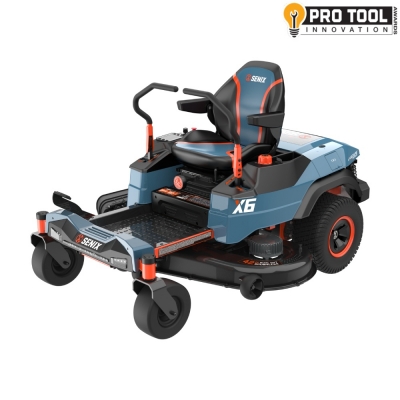
 (5.0)
(5.0)